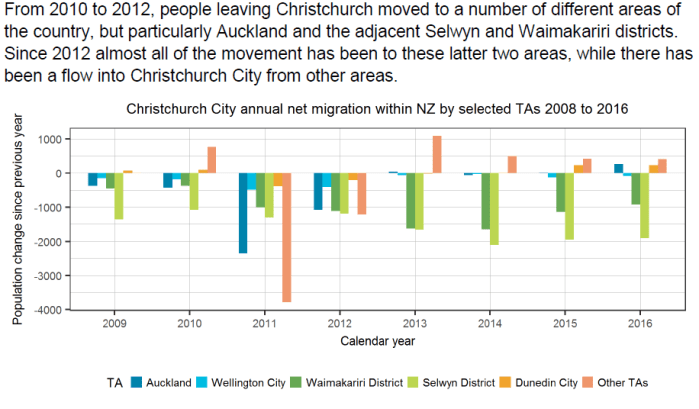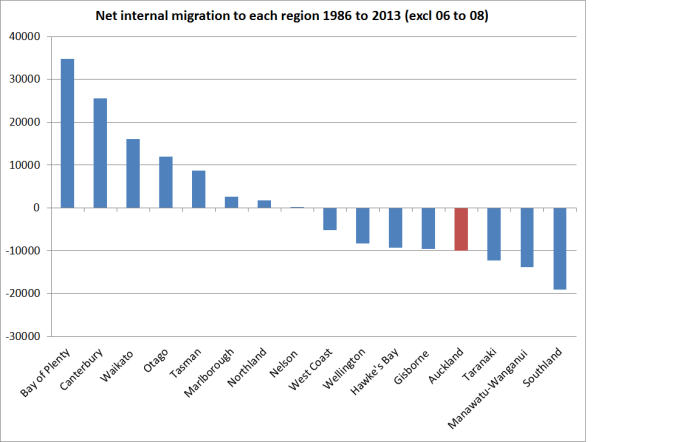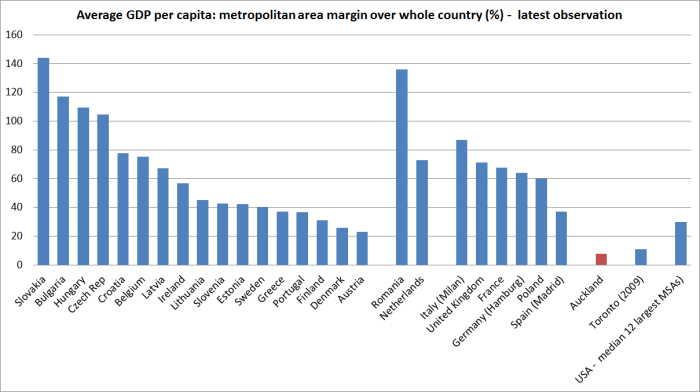Suppose that the rules of a superannuation scheme explicitly required that any rules changes that could have an adverse effect on the interest of any member in that scheme could only be made with the unanimous consent of such members.
Suppose too that nonetheless the trustees of such a scheme went ahead and changed the rules of a defined benefit scheme in a way that allowed the employer to arbitrarily (ie no constraints at all) reduce the rate at which pension benefits were calculated (including in respect of periods of employment, and employee contributions, prior to the rule change). No consent from potentially affected members was sought for this change.
Suppose that in making this change, they had the endorsement/consent of the board of directors of the employer, and of the chief executive of the organisation.
Suppose too that that new power was actually exercised by the employer, in a way which led to longstanding employees later retiring with pensions considerably lower than they would otherwise have been. That represented a substantial wealth transfer (probably millions of dollars) to the employer.
And suppose that the Government Actuary had been required to give consent to such a rule change, and in fact did so.
That looks to me a lot like serious misconduct, quite possibly illegality.
And who are the players in this tawdry drama?
Well, there was the Government Actuary, a task now absorbed by the Financial Markets Authority.
And there was the Reserve Bank of New Zealand, its Governor (appointed by the then Minister of Finance), and its Board (all appointed by the then Minister of Finance). Serving on both the board, and the trustees of this superannuation scheme, was the Governor, and someone who is now chair of the New Zealand arm of Transparency International, an NGO allegedly committed to good governance etc.
The initial misconduct happened quite long time ago. In 1988 in fact. But for years now some members have been trying to get redress, and even recognition of the problem. It has been going for sufficiently long that when Adrian Orr was last at the Bank – as Deputy Governor and Head of Financial Stability – he was involved, fobbing off concerns raised by some of his own staff.
Four years ago, a particularly persistent member formally raised the issues (the one I’ve outlined here isn’t the only example, although is probably the most serious) with the trustees of the superannuation scheme. The initial response of the Board-appointed chair (and current Deputy Governor and Head of Financial Stability) was to attempt to close the issues down immediately, without undertaking any investigation. I guess if you don’t turn over stones, there is no risk of finding awkward stuff under them. Fortunately, other trustees stymied that bid.
After a couple of years’ delay, the trustees somewhat reluctantly came to the view that probably member consent should have sought, and that the decision not to have done so was not necessarily one they themselves would today have made. But………they weren’t going to do anything at all about rectifying the situation, claiming (on grounds almost totally without foundation) that no one had actually been adversely affected. These are trustees who, by common law and now by statute, are required to operate in the interests of the members of the scheme (beneficiaries of the trust). But who could easily have been misinterpreted as operating in the interests of the Reserve Bank (a majority of trustees appointed by the Reserve Bank Board – the entity that has spent the last few decades providing cover for Bank management). Under the (relatively) new Financial Markets Conduct Act, superannuation schemes are now required to have an independent trustee – the one on the Reserve Bank scheme (whatever his other useful contributions) declared early on that he had no desire to be caught in the middle trying to sort out such difficult issues, and (from my memory) has barely uttered a word in all the debates since about these issues.
And what of the FMA? It is now must be almost a couple of years since the member elevated the issue to the FMA, lodging a formal complaint with them. And since then the FMA appears to have done almost nothing (there was a meeting with the trustees well over a year ago, but it involved little more than description of the issue – and at the time the FMA themselves didn’t even seem to have a good grasp on their own act). Perhaps it is typical for the FMA? I don’t have anything else to do with them, so have no basis for knowing. Perhaps there are legal constraints (old legislation) on their ability to actually do anything formally. But there has been no informal action, moral suasion, either. Indeed, their inaction could be easily be misinterpreted as having something to do with the fact that the organisation itself (as the Government Actuary) had signed off on the, almost certainly unlawful, rule change. And perhaps too from the sheer awkwardness of having to investigate serious concerns about an entity associated with their fellow regulator, the Reserve Bank, an entity then chaired by someone who is now Head of Financial Stability (Bascand is no longer the chair, but is still a trustee). Or from signs that the independent trustee regime they administer seems to be adding only overhead.
I don’t want to bore readers with the details of this particular tawdry episode.
But when we have the new Governor – with legislative responsibility only for prudential issues – lurching from two weeks ago suggesting there were no particular conduct issues in New Zealand, because we had a quite different culture, to last week suggesting that it really wasn’t his call (on an inquiry) but he was sure banks were examining themselves, to news this morning that he and the FMA head had summoned the heads of the big banks to a meeting, demanding they prove a negative (that there is no “misconduct” going on), and (in the FMA head’s case) apparently threatening legal action against those who don’t cooperate, I could only think
Physician heal thyself
or continuing the biblical theme
And why do you look at the speck in your brother’s eye, but do not consider the plank in your own eye? 4 Or how can you say to your brother, ‘Let me remove the speck from your eye’; and look, a plank is in your own eye? 5 Hypocrite! First remove the plank from your own eye, and then you will see clearly to remove the speck from your brother’s eye.
(As background, I am both a member and an elected trustee of this superannuation scheme. I have recorded in the minutes my dissent from the majority view of trustees, and have expressed my own concerns directly to the FMA. As I joined the Bank, and the scheme, not long before this particular questionable rule change was made, it probably did not materially adversely affect me.)

 There is a fascinating picture of Christchurch following the earthquakes, including the continuing losses in recent years to neighbouring Selwyn and Waimakariri.
There is a fascinating picture of Christchurch following the earthquakes, including the continuing losses in recent years to neighbouring Selwyn and Waimakariri.

 As I observed then, we didn’t know what had happened since 2013. Perhaps things had turned around? But the new Treasury estimates suggest that if anything the outflow – still modest each year – may have accelerated.
As I observed then, we didn’t know what had happened since 2013. Perhaps things had turned around? But the new Treasury estimates suggest that if anything the outflow – still modest each year – may have accelerated.
